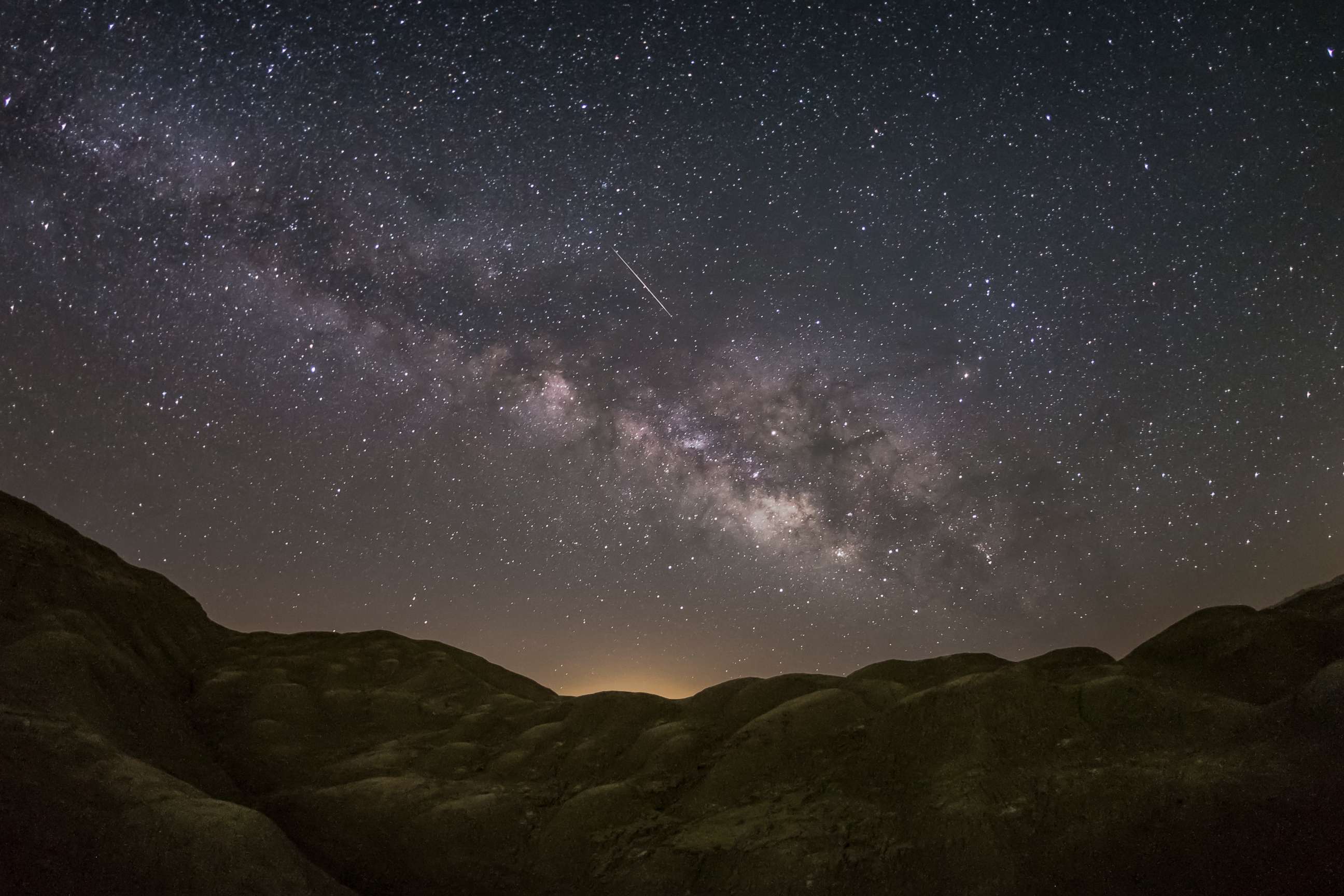There's still time to catch the 2019 Lyrid meteor shower
The Lyrids stem from the Comet Thatcher, which orbits the sun every 415 years.
If you missed portions of the light show from the Lyrid meteor shower on Sunday night, fret not. An encore performance is expected to last from Monday night into dawn on Tuesday.
The phenomenon occurs when Earth passes through the dust trail left behind by comets, according to Space.com. The Lyrids seem to streak out from an area, called the radiant point, near the bright star named Vega.
The best time to watch the meteors will be around 9 p.m. to 10 p.m. local time in the Northern Hemisphere before Vega, which is 25 light years away, rises, according to EarthSky.org. The peak of the shower is expected to occur Tuesday morning, with another opportune viewing time frame between 3 a.m. and 4 a.m. ET. However, the moonlight will wash out the view a bit more.

The best views will come from the Northern Hemisphere, according to Space.com. Up to 18 meteors are expected per hour, but the brightness from the full moon may make them less visible.
NASA advises star-gazers to go somewhere as dark as possible and give their eyes up to 30 minutes to adjust to the darkness. The site also cautions against using telescopes and binoculars, since the showers take up the entire sky and the tools will only narrow the viewer's scope.
The Lyrids' source, the Comet Thatcher, orbits the sun every 415 years, but Earth passes through its path every year during the springtime. The Lyrids meteor shower has been seen as early as 687 B.C. and is one of the earliest recorded, according to Space.com.
But, don't just focus on the radiant point, because meteors coming from farther away will produce longer, more striking tails, Space.com reported.
The Lyrid showers also tend to produce outbursts of up to 100 meteors per hour, but those outbursts are difficult to predict.




